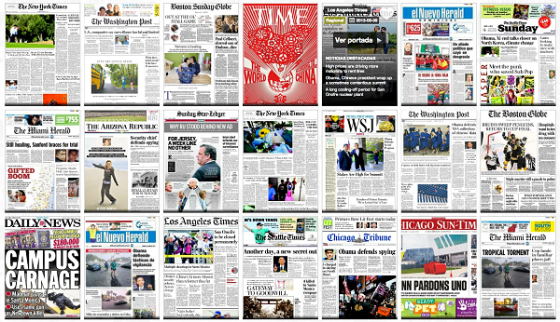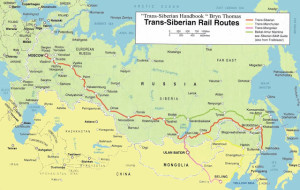
Forking Google: The Future of Fone Flaps
I read “Samsung Is Pulling Another Amazon on Android, But This Is Even Bigger.” I liked the write up. It acknowledges in a semi-nice way that Google is either smarter than everyone else or Google is less smart than everyone thinks.
The idea is that open source Android is working like a Petri dish. Instead of growing little Googles, the Petri dish harbors a big Amazon and may soon give birth to a bigger Samsung. Here’s the point I noted:
As much as Google likes and touts that Android is open, that freedom may come with the cost of some control over the platform. Amazon may have started the first truly successful “fork” of Android, but Samsung is going after the whole place setting. Samsung kicked off its first Developers Conference on Monday and based on the keynote message, I wouldn’t be too happy if I were Google.
The point is that Android is supposed to be Google’s open source mobile platform. Others can use it, but Android is Google’s idea.
With iPhones too expensive for most mobile users and Microsoft mobile not getting the buzz Redmond hoped, Android is the mobile platform with legs it seems. Amazon and Samsung have figured this out. The companies have been moving forward with Android that has been reworked to make it less Googlely than Google may have hoped.
Amazon is a lesser problem for Google. Samsung, however, seems to be a bigger potential problem.
But my view is that the larger challenge will be from innovators in other countries who surf on Android. When I was in China, I learned about a number of mobile phones running Android that performed some interesting tricks. One taxi driver had a line of four mobile devices in his taxi. Each mobile had four SIMs. Each SIM connected to a different service providing information about pick ups.
I asked the taxi driver if the phones were running Google Android. The answer was, “I don’t know. There are cheap and do more than a high dollar, upper class phone. These are the future, not Apple or Google.”
Is the taxi driver correct? My view is that Google’s Android is not just fragmented. Android is enabling innovators to go in directions that may prove difficult for Google to control. Samsung may be the near term challenge for Google. Looking out over a longer time line, there may be a different set of challenges created by an open source mobile operating system, new manufacturing options, and a burgeoning demand for mobile devices that are delivering fresh, high-value functionality.
Sure the four phones put on a light show when orders came in. My smart phone has one SIM and was woefully out of step with the Chinese taxi driver’s needs. Google has to think about Android as free and open source software that may spawn some antibiotic resistant competitors.
Stephen E Arnold, October 29, 2013







